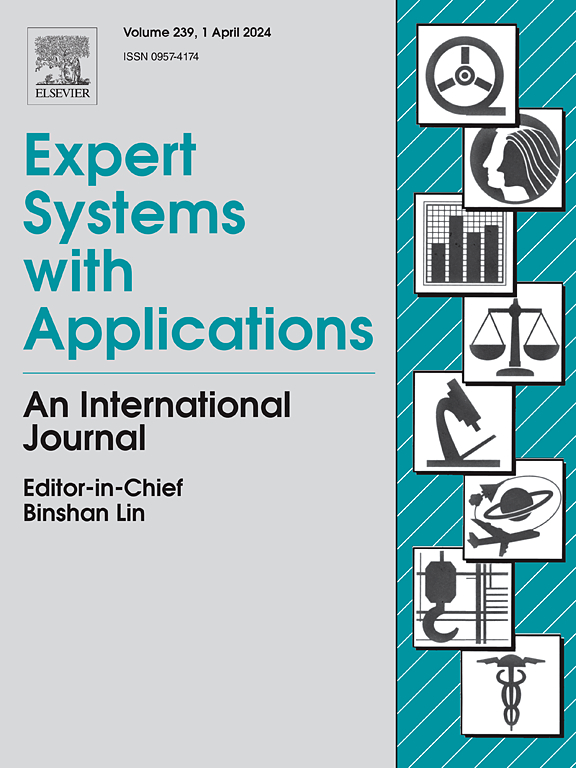Multi-Context enhanced Lane-Changing prediction using a heterogeneous Graph Neural Network
IF 7.5
1区 计算机科学
Q1 COMPUTER SCIENCE, ARTIFICIAL INTELLIGENCE
引用次数: 0
Abstract
Lane-changing Prediction (LCP) is crucial in defining vehicle movement in Microscopic Traffic Load Simulation (MTLS), impacting the distribution of traffic load on bridge decks. Despite their simplicity, existing physics-based approaches are subjective and deterministic, resulting in low fidelity in reflecting real-world scenarios. Current data-driven methods attempt to address this but only consider the trajectories of the subject vehicle and adjacent vehicles, neglecting other relevant contexts and thus compromising prediction accuracy. This study introduces LaneMCGNN, a multi-context enhanced graph neural network model for lane-changing prediction. The model integrates contextual features from spatial-temporal trajectories, vehicle types, and semantic maps, employing multi-attention mechanisms and Transformer modules to enhance feature extraction from these contexts. A lightweight Convolutional Neural Network (CNN) is utilized for efficient feature extraction from semantic maps of bridge decks. Trained and evaluated on an open-access dataset, our model achieves an accuracy of 98.928%, an F1-score of 0.989, and an Area Under Curve (AUC) of 0.999. Comparative discussions and ablation tests underscore the superiority of our model and the importance of incorporating multiple contexts. The proposed model can significantly enhance MTLS by improving the prediction of lane-keeping and lane-changing behaviors of vehicles, thereby increasing the precision of performance assessment for bridge components.
利用异构图神经网络进行多语境增强型变道预测
变道预测(LCP)对于确定微观交通荷载模拟(MTLS)中的车辆运动至关重要,会影响桥面上的交通荷载分布。现有的基于物理的方法尽管简单,但主观性和确定性较强,导致在反映真实世界场景时保真度较低。目前的数据驱动方法试图解决这一问题,但只考虑了目标车辆和相邻车辆的轨迹,忽略了其他相关背景,从而影响了预测的准确性。本研究介绍了用于变道预测的多情境增强图神经网络模型 LaneMCGNN。该模型整合了来自时空轨迹、车辆类型和语义地图的上下文特征,并采用多注意机制和变换器模块来增强从这些上下文中提取特征的能力。轻量级卷积神经网络(CNN)用于从桥面语义图中高效提取特征。我们的模型在开放访问的数据集上进行了训练和评估,准确率达到 98.928%,F1 分数为 0.989,曲线下面积 (AUC) 为 0.999。对比讨论和消融测试凸显了我们的模型的优越性以及结合多种语境的重要性。所提出的模型可以通过改进对车辆的车道保持和变道行为的预测,从而提高桥梁部件性能评估的精确度,从而大大增强 MTLS。
本文章由计算机程序翻译,如有差异,请以英文原文为准。
求助全文
约1分钟内获得全文
求助全文
来源期刊

Expert Systems with Applications
工程技术-工程:电子与电气
CiteScore
13.80
自引率
10.60%
发文量
2045
审稿时长
8.7 months
期刊介绍:
Expert Systems With Applications is an international journal dedicated to the exchange of information on expert and intelligent systems used globally in industry, government, and universities. The journal emphasizes original papers covering the design, development, testing, implementation, and management of these systems, offering practical guidelines. It spans various sectors such as finance, engineering, marketing, law, project management, information management, medicine, and more. The journal also welcomes papers on multi-agent systems, knowledge management, neural networks, knowledge discovery, data mining, and other related areas, excluding applications to military/defense systems.
 求助内容:
求助内容: 应助结果提醒方式:
应助结果提醒方式:


